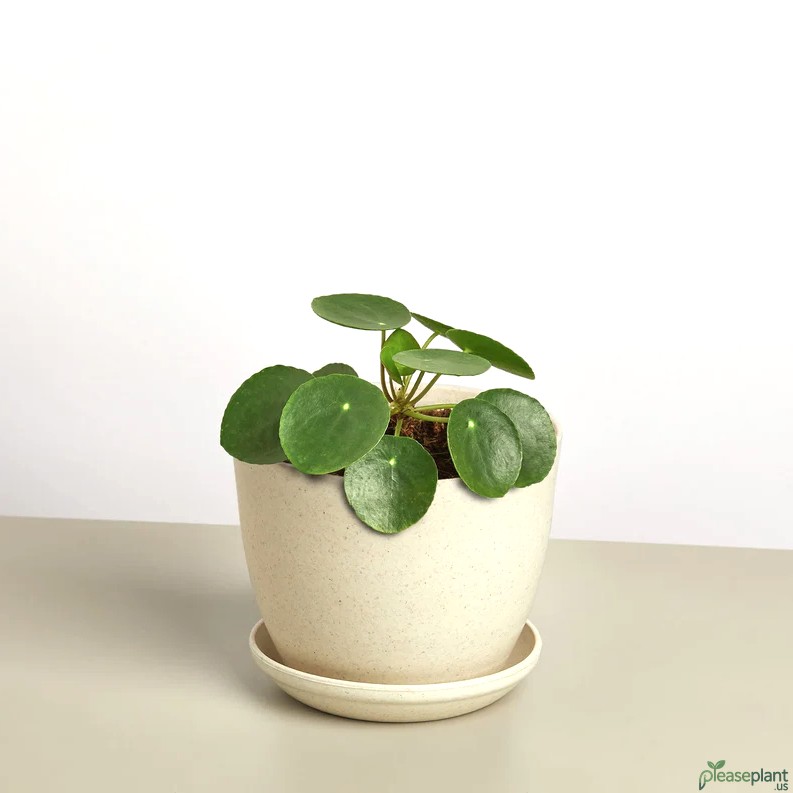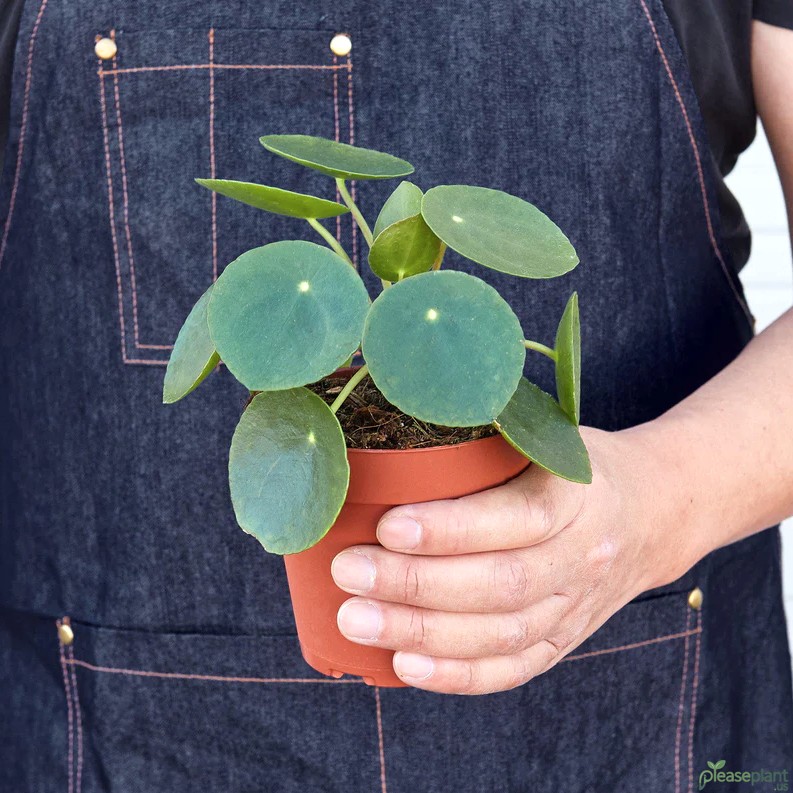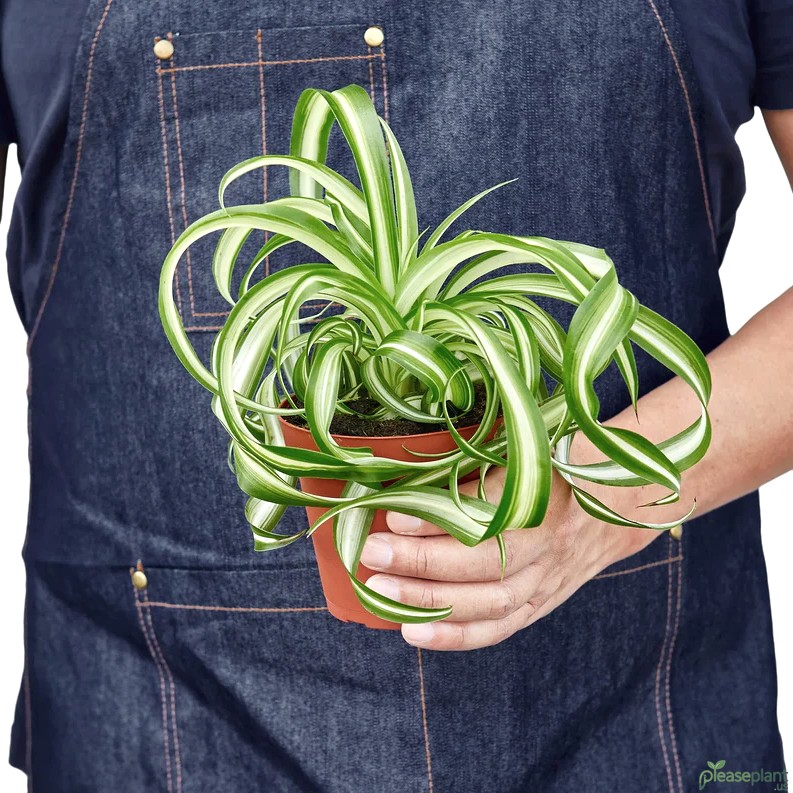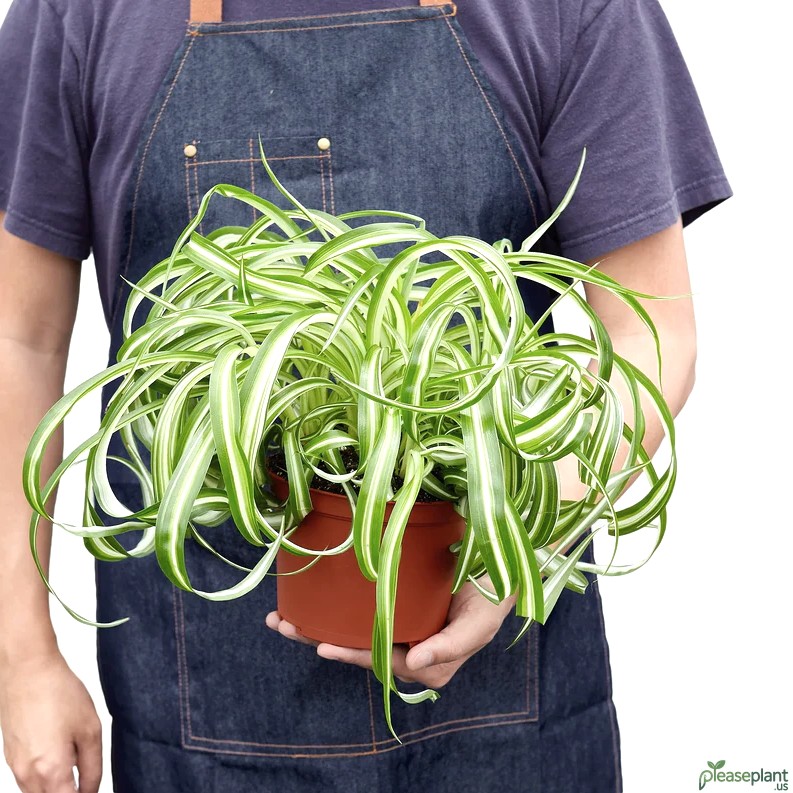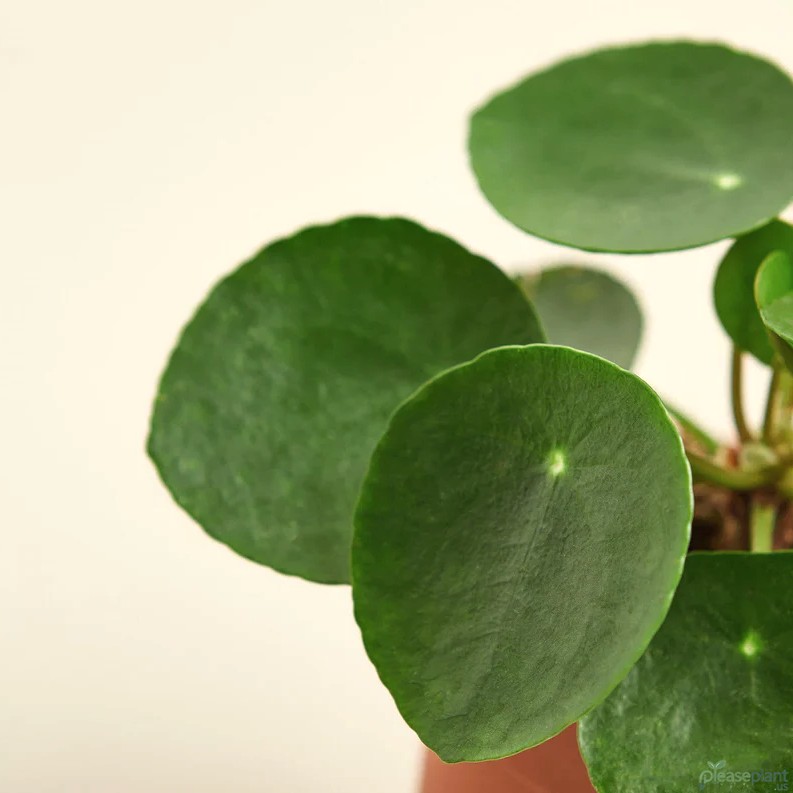If you’re a proud owner of a Pilea Peperomioides, also known as the Chinese Money Plant, and you share your home with curious cats or dogs, you’ve probably wondered how to keep your beloved plant safe from becoming toxic to your furry friends. Pets tend to nibble on plants, and not all greenery is safe for them. Here’s a down-to-earth guide from someone who’s been there, helping you avoid the common pitfalls and keep both your pets and your plant happy.
Let Me Tell You About My Money Plant Adventure
I remember when I first got my Pilea Peperomioides—that quirky little Chinese Money Plant with its pancake-shaped leaves that everyone seemed to rave about. It was love at first sight. But soon came the realization: my cat, a notorious plant-chewer, found it just as fascinating as I did. Panic set in. Could my beautiful plant be toxic to my feline friend? Turns out, the Chinese Money Plant is generally considered non-toxic to cats and dogs, but like with anything, there’s more to the story.
What Makes a Plant Toxic and Why Should You Care?
Some plants contain chemicals that can upset your pets’ tummies or worse. The Pilea Peperomioides is thankfully on the safe side, but you’d be surprised how easy it is to make it harmful unintentionally. For example, if you use certain pesticides, chemical fertilizers, or even household cleaners nearby, residues can linger on the leaves, turning a harmless plant into a potential danger.
How to Keep Your Pilea Safe For Your Pets
First things first: avoid using harsh chemicals on your Chinese Money Plant. Stick to gentle, pet-safe fertilizers or organic compost. Regularly wipe the leaves with a damp cloth to remove dust and any accidental residues. Also, keep the plant out of reach if your pets are especially enthusiastic chewers. A tall shelf or a dedicated plant corner behind a pet gate can work wonders.
Signs Your Pet Might Have Nibbled Too Much
If your cat or dog starts drooling excessively, vomiting, or showing signs of lethargy after plant interaction, it’s time to check the plant and call your vet. While Pilea Peperomioides isn’t known to cause these symptoms, other plants or chemicals nearby might be the culprit. Quick action is key.
A Few Extra Tips From My Experience
I once thought my plant was safe simply because it was labeled non-toxic, but my dog got sick after chewing on a leaf. Turns out, I had sprayed a bug spray on it the day before. Lesson learned: always consider what you apply to the plant. Also, try offering your pets safe alternative plants or cat grass to divert their attention.
Final Thoughts
So, if you want to enjoy your Chinese Money Plant and keep your furry pals safe, it’s all about smart care and a little bit of strategy. Don’t let your guard down with chemicals, watch your pets’ behavior, and create a pet-friendly plant corner. That way, everyone wins—healthy plants and happy pets sharing the same space, with minimal drama.
Remember, the Pilea Peperomioides is a gem of a plant for pet owners once you know the ropes! Keep it clean, keep it out of reach when needed, and enjoy the green vibes without worries.

